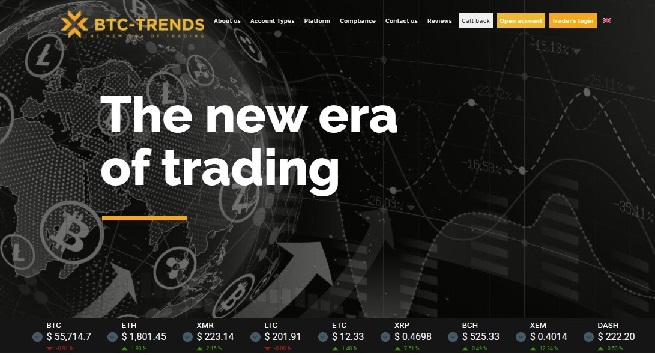The mining reward for the created blocks is expected to fall from 25 to 12.5 bitcoins in the evening on 9 July. After that, bitcoin price may either soar or plummet.
The time calculations are based on the approximate time of one block extraction (about 10 minutes). On the average, miners create 144 blocks a day, which means they have 787 blocks left to extract with the current reward 25 BTC per block. After the total number of the blocks mined exceeds 420,000, the reward will reduce to 12.5 BTC.
The halving expectations are pushing the cryptocurrency price upwards. Together with other economic factors, such as Brexit and the yuan devaluation, it boosts the Bitcoin price towards $700.
Following the halving, the situation may take two opposite turns. On one hand, cryptocurrency prices may continue their growth due to the lower reward. On the other hand, the bitcoin price may go down: fearing instability, investors may start selling out their cryptocurrency assets.
One more possible consequence of the halving may be reducing the number of miners: some of them will have to halt their operations because of income fall.
Recently, the reward halving was quoted as the main reason which led to the bankruptcy of the Swedish bitcoin mining company KnC Miner. In his statement, the company director Sam Cole explained that mining costs will exceed the profit after halving. "We’ll simply run into debt," - he concluded.
In its turn, the reward reduction will leave bitcoin mining concentrated in the hands of the biggest players. Some consider it a way to the centralisation of the bitcoin ecosystem, which has states decentralisation as its key principle. According to the critics, such consolidation of issuance increases the risk of the so-called “51% attack”, when a minority holding over the half of the system’s hashpower is enabled to control the whole network.
Halving takes place every 210,000 blocks, which takes approximately 4 years. The previous halving happened in 2012. This algorithm was designed to restrain inflation in a decentralised non-fiat currency system.
In the bitcoin system, the maximum number of crypto coins to be issued is limited to 21 million. According to the calculations, all bitcoins will be mined by 2140.
Ludmila Brus
















